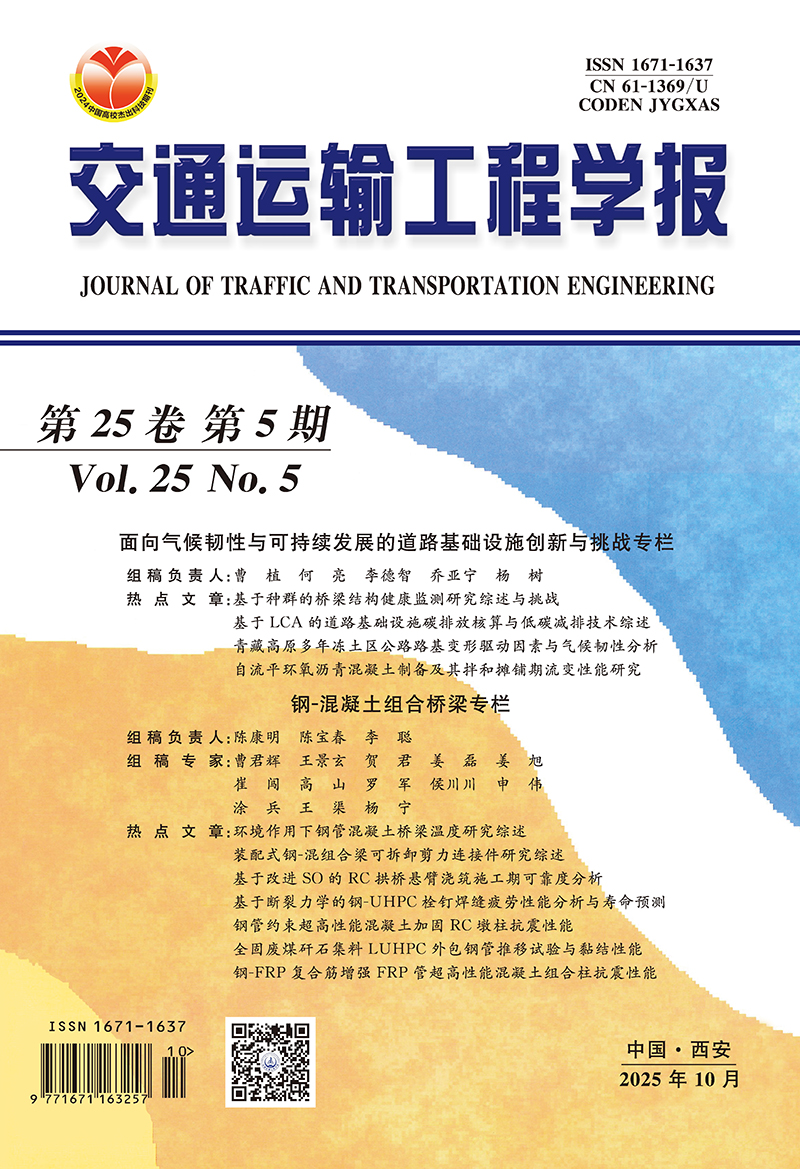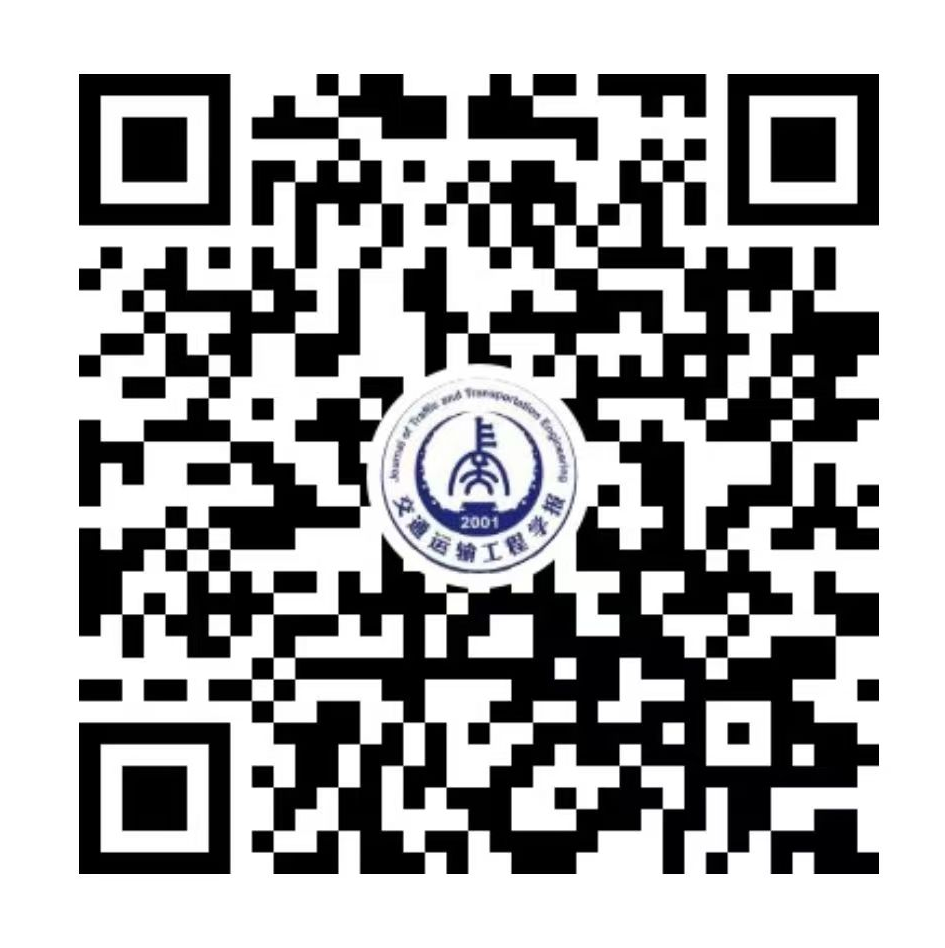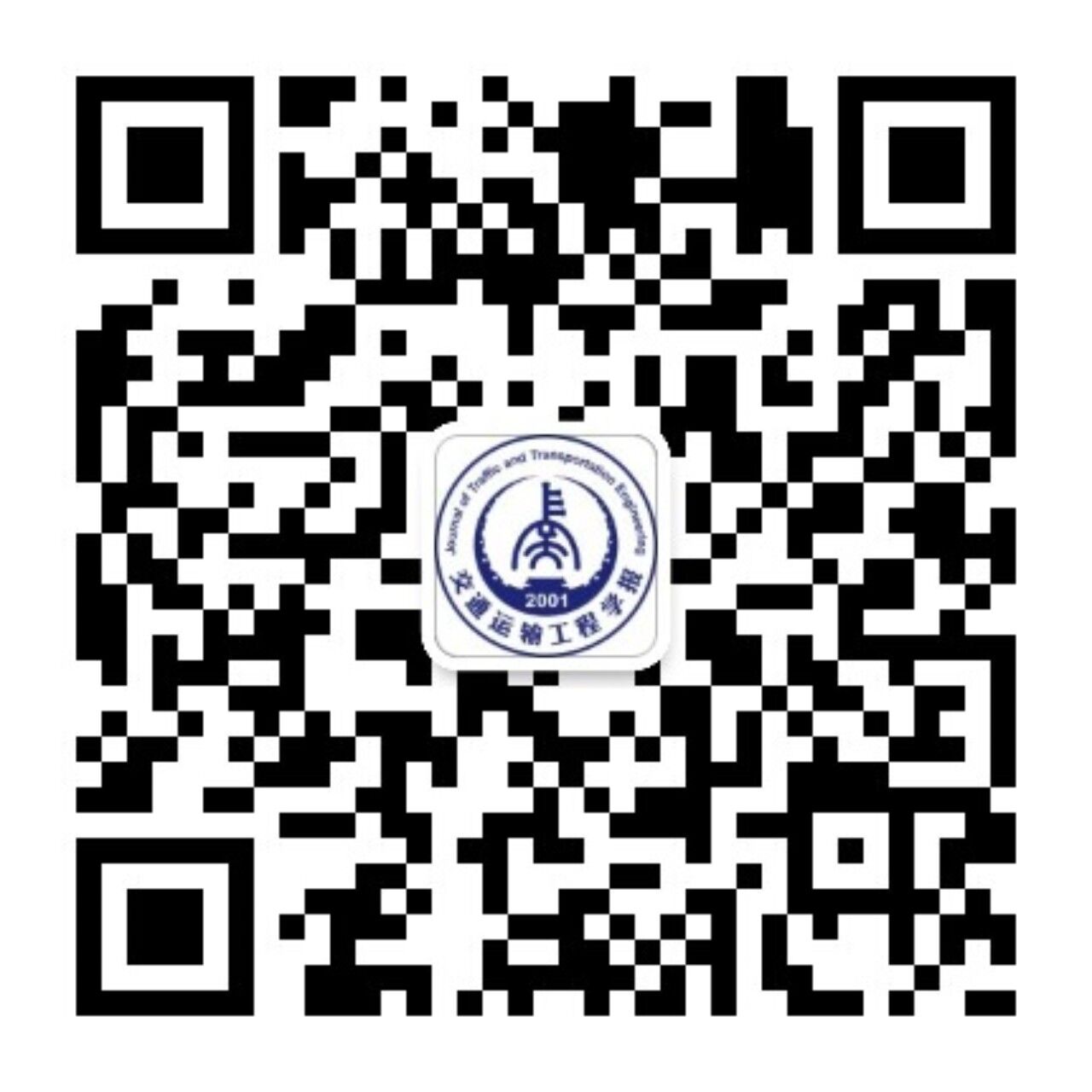2013 Vol. 13, No. 5
Display Method:
Abstract:
2013, 13(5): 1-9.
Abstract:
2013, 13(5): 10-16.
Abstract:
2013, 13(5): 17-26.
Abstract:
2013, 13(5): 27-32.
Abstract:
2013, 13(5): 33-38.
Abstract:
2013, 13(5): 39-46.
Abstract:
2013, 13(5): 47-53.
Abstract:
2013, 13(5): 54-60.
Abstract:
2013, 13(5): 61-66.
Abstract:
2013, 13(5): 67-75.
Abstract:
2013, 13(5): 76-82.
Abstract:
2013, 13(5): 83-90.
Abstract:
2013, 13(5): 91-98.
Abstract:
2013, 13(5): 99-104.
Abstract:
2013, 13(5): 105-114.
Abstract:
2013, 13(5): 115-120.
Abstract:
2013, 13(5): 121-126.





